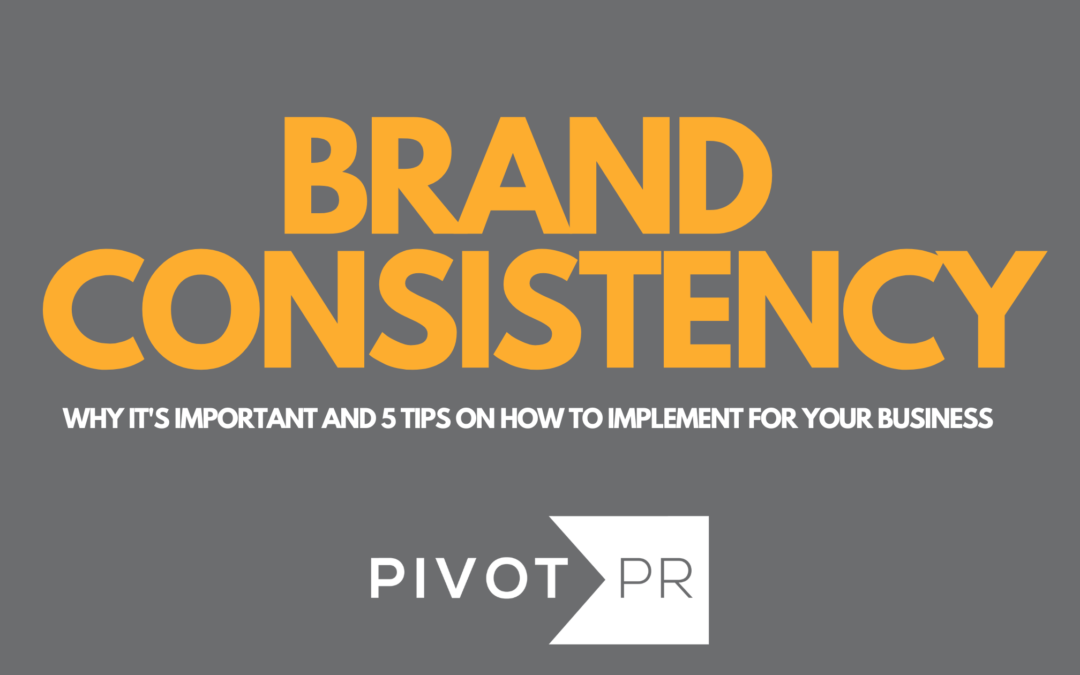If the whole point of “branding” your business is to publicly distinguish it from others like it, then wouldn’t posting the same messages, information and types of content over and over again be redundant and boring? Not quite. Repetition of the same language and visual elements is actually one of the most proven ways to place your brand in the forefront of your target audience’s mind. And the reason lies in human psychology.
Compared to other species, human beings are largely known for their social, relationship-driven nature. We have an innate desire to “belong,” and often satisfy our need for community by building relationships with those we trust. And while humans may consider themselves to be logical creatures, the reality is almost all our decision-making is led by the emotional side of our brain. Therefore, it follows that when we determine who and what we want to associate ourselves with, we are doing so based on whether we feel they deserve our trust in the first place.
Branding works the same way. For an organization to gain (and retain) the attention of its target audience, it must give that audience reason to believe it is trustworthy. That is, if you want people to follow, share and interact with your content on a regular basis, these people must feel confident that your brand will follow through on its mission and values. Every single time.
But if your audience isn’t familiar with your organization, how can they trust you?
This is where brand consistency comes into play. The best way to become recognizable across numerous media channels is to present a clear and consistent identity of colors, logos, visuals, messages—even emotions—that viewers can associate with your brand. Do it enough, and these elements will eventually become synonymous with your brand, making it easy for people to not only recognize, but want to interact with you.
How can you build and reinforce a consistent brand image?
Consistency gives people the confidence to expect the same user experience every time—translating into sales and repeat customers. Here are a few ways to achieve this:
- Make your approved branding materials easily accessible to all members of your organization. This can include branded icons and logos, social media templates, boilerplates and mission statements, fonts and color palettes. If these elements aren’t readily available, people will deviate—or worse, they will try to recreate “similar” (but surely off-brand) elements on their own!
- Furthermore, it is important to have an established set of brand guidelines that employees can follow. With these guidelines, people will know how and when to use branded materials. Brand guidelines can also include descriptions of proper tone and voice, grammatical and stylistic preferences and even a reference list of competitors with similar brands.
- Create a schedule for social media posts, newsletter distribution, quarterly updates and shareholder reports. People will come to expect your content—you don’t want to confuse them or leave them hanging.
- Don’t forget about other touchpoints aside from social media. Your audience interacts with your brand any time they make a purchase, contact human resources, or ask to speak with a sales representative. Turn your employees into brand ambassadors by training them to present your brand right.
- Perform regular brand audits. One of the biggest challenges organizations face with maintaining brand consistency is exactly that—the maintenance. As your team, audience or services grow, it is easy for your communications to become misaligned with what you originally intended for them to be, so make sure you are occasionally reviewing how your brand is presenting itself.
